Home>Gardening & Outdoor>Landscaping Ideas>When To Put New Grass Seed Down
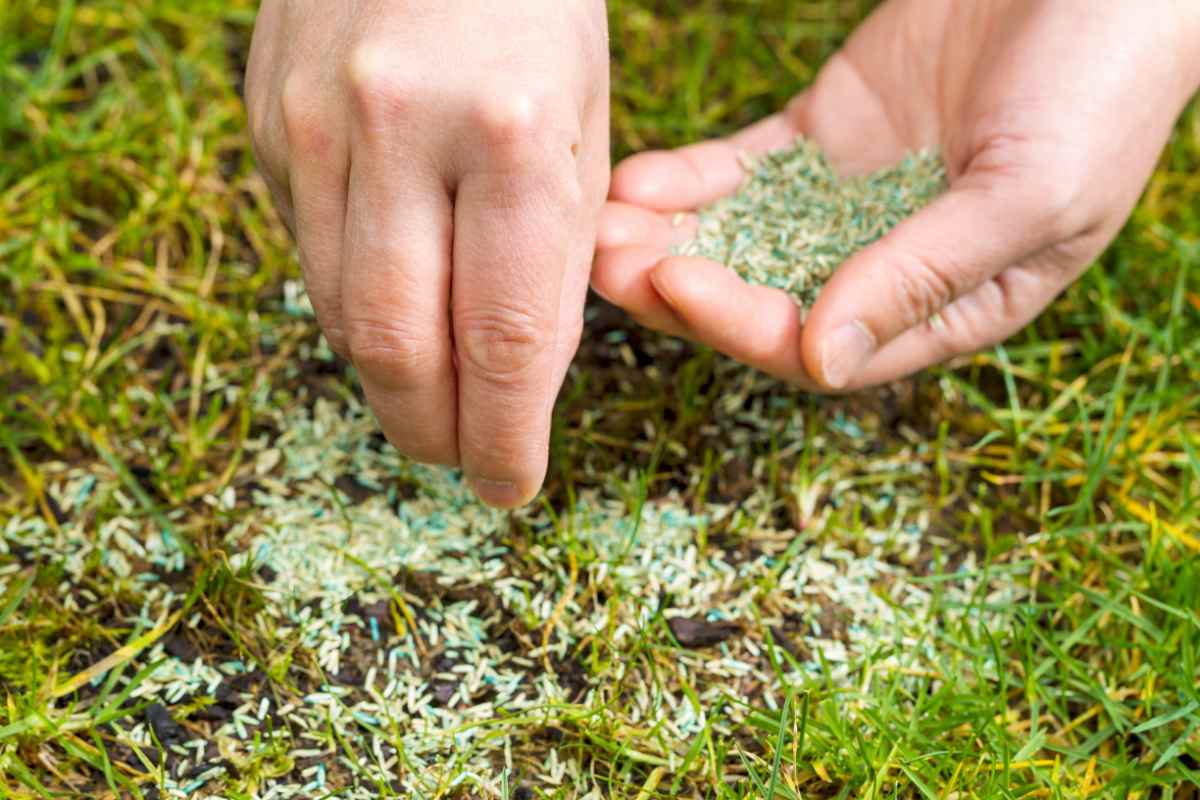

Landscaping Ideas
When To Put New Grass Seed Down
Modified: October 19, 2024
Discover the best timing for planting new grass seed in your landscaping project. Learn effective landscaping ideas for successful grass seeding.
(Many of the links in this article redirect to a specific reviewed product. Your purchase of these products through affiliate links helps to generate commission for Storables.com, at no extra cost. Learn more)
Introduction
Planting new grass seed can transform a lackluster lawn into a lush, vibrant carpet of green. Whether you’re establishing a new lawn or rejuvenating an existing one, the timing of planting grass seed is crucial for successful growth. Understanding the best time to sow grass seed, the factors to consider before planting, the essential steps for planting, and the care required afterward are all key to achieving a thriving lawn.
In this comprehensive guide, we’ll delve into the optimal timing for planting grass seed, factors to consider before sowing, the essential steps for planting, and the best practices for caring for newly planted grass seed. By the end, you’ll be equipped with the knowledge and confidence to cultivate a verdant, healthy lawn that enhances the beauty of your outdoor space.
Key Takeaways:
- Plant new grass seed in early fall for cool-season grasses and early spring for warm-season varieties to ensure successful growth and establishment based on the type of grass and local climate.
- Before planting grass seed, assess soil quality, sunlight exposure, climate, grass species selection, and weed/pest control to create an ideal environment for the grass seed to thrive and flourish.
Understanding the Best Time to Plant Grass Seed
Choosing the right time to plant grass seed is crucial for its successful germination and establishment. The best time to sow grass seed largely depends on the type of grass you’re planting and the climate of your region. Generally, the optimal periods for planting grass seed are during the early fall and early spring.
Fall Planting: Early fall is considered the best time to plant cool-season grasses such as fescue, ryegrass, and bluegrass. The soil is still warm from the summer months, which encourages quick germination and establishment. Additionally, the cooler air temperatures and occasional rainfall create ideal conditions for grass seed growth.
Spring Planting: For warm-season grasses like Bermuda, zoysia, and buffalo grass, early spring is the recommended time for planting. As the soil begins to warm up after the winter months, it provides the perfect environment for the seeds to germinate and develop strong roots before the intense summer heat sets in.
It’s important to consider your specific climate and local weather patterns when determining the best time to plant grass seed. Factors such as average temperatures, rainfall, and frost dates play a significant role in the success of your lawn. By aligning the planting time with the natural growth cycles of the grass species and the environmental conditions, you can maximize the chances of a healthy and robust lawn.
Understanding the seasonal dynamics and the unique requirements of different grass species is essential for making informed decisions about when to plant grass seed. By carefully timing the seeding process, you can set the stage for a thriving lawn that will endure and flourish for years to come.
Factors to Consider Before Planting Grass Seed
Before diving into the process of planting grass seed, it’s essential to assess several key factors that can significantly impact the success of your lawn. By carefully considering these elements, you can make informed decisions and create optimal conditions for the germination and growth of the grass seed.
Soil Preparation: The condition of the soil plays a critical role in the success of grass seed germination. Conduct a soil test to assess its pH level and nutrient content. Depending on the results, you may need to amend the soil with organic matter or specific fertilizers to create a fertile and well-balanced environment for the grass seed to thrive.
Sunlight and Shade: Evaluate the sunlight exposure and shade patterns in your lawn area. Different grass species have varying sunlight requirements, with some thriving in full sun while others are more tolerant of shade. Select grass seed varieties that are well-suited to the light conditions in your lawn to ensure optimal growth.
Climate and Weather: Consider the climate and weather patterns in your region when planning to plant grass seed. Factors such as average temperatures, rainfall, and frost dates can influence the success of seed germination and early growth. Choose grass species that are well-adapted to the local climate to enhance their resilience and longevity.
Grass Species Selection: Selecting the right grass species for your specific needs and preferences is crucial. Consider factors such as the desired lawn appearance, maintenance requirements, and tolerance to foot traffic. Whether you opt for cool-season grasses, warm-season grasses, or a blend of both, ensure that the chosen varieties align with your lawn goals and environmental conditions.
Weed and Pest Control: Address any existing weed or pest issues in the lawn area before planting grass seed. Implementing weed control measures and addressing pest infestations can prevent competition for resources and protect the emerging grass seedlings from potential threats.
By carefully evaluating these factors and addressing any potential challenges before planting grass seed, you can set the stage for a successful and thriving lawn. Taking the time to prepare the soil, assess sunlight and shade conditions, consider the climate, select suitable grass species, and address weed and pest issues will contribute to the long-term health and beauty of your lawn.
It’s best to plant new grass seed in the early fall or early spring when the soil is warm and there is less competition from weeds. Keep the soil moist for the first few weeks to help the seeds germinate.
Steps to Planting New Grass Seed
Planting new grass seed is a rewarding endeavor that can rejuvenate your lawn and enhance the beauty of your outdoor space. By following a series of essential steps, you can ensure the successful establishment of the grass seed and set the stage for a healthy and vibrant lawn.
Step 1: Prepare the Soil
Begin by preparing the soil in the designated lawn area. Remove any debris, rocks, or existing vegetation to create a clean and level surface for seeding. Conduct a soil test to assess its pH level and nutrient content, and amend the soil as needed to create an optimal growing environment for the grass seed.
Step 2: Select the Right Grass Seed
Choose high-quality grass seed that is well-suited to your climate, soil type, and sunlight conditions. Consider factors such as the desired lawn appearance, maintenance requirements, and intended use of the lawn to select the most suitable grass species and varieties for your needs.
Step 3: Seed Application
Evenly distribute the grass seed using a broadcast spreader or a handheld spreader, following the recommended seeding rates for the specific grass species. For larger areas, consider using a mechanical seeder to ensure uniform coverage. After spreading the seed, lightly rake the soil to cover the seeds with a thin layer of soil, which promotes seed-to-soil contact and enhances germination.
Step 4: Watering
After seeding, water the area gently to moisten the soil. It’s crucial to keep the soil consistently moist during the germination and early growth stages. Depending on the weather conditions, you may need to water the newly seeded area multiple times per day to prevent the soil from drying out. As the grass seedlings emerge and establish, gradually reduce the frequency of watering while ensuring the soil remains adequately moist.
Step 5: Fertilization
Consider applying a starter fertilizer specifically formulated for new grass seedlings to provide essential nutrients for healthy growth. Follow the recommended application rates and timing to support the development of strong and resilient grass plants.
Step 6: Maintenance and Care
Monitor the newly seeded area regularly for signs of germination and growth. As the grass seedlings develop, mow the lawn according to the recommended height for the specific grass species. Implement proper lawn care practices, including regular watering, fertilization, and weed control, to nurture the young grass plants and promote their long-term health.
By following these steps and providing attentive care, you can establish a thriving lawn from newly planted grass seed. With proper soil preparation, careful seed selection, precise application, consistent watering, and ongoing maintenance, you can create a lush and resilient lawn that enhances the beauty of your outdoor environment.
Caring for Newly Planted Grass Seed
After planting new grass seed, providing attentive care is essential to ensure the successful germination and establishment of the young grass plants. By implementing proper watering, monitoring, and maintenance practices, you can nurture the newly planted grass seed and set the stage for a healthy and vibrant lawn.
Watering: Proper watering is crucial for the germination and early growth of grass seed. Keep the soil consistently moist, but avoid overwatering, which can lead to waterlogged conditions and hinder germination. Depending on the weather and soil conditions, you may need to water the newly seeded area multiple times per day, especially during periods of dry or hot weather. As the grass seedlings emerge and establish, gradually reduce the frequency of watering while ensuring the soil remains adequately moist to support healthy growth.
Mowing: Once the grass seedlings reach a height of approximately 3 to 4 inches, it’s time to mow the lawn for the first time. Set the mower to a height that is appropriate for the specific grass species, typically removing no more than one-third of the grass blade length in a single mowing. Avoid mowing the lawn too short, as this can stress the young grass plants and impede their development.
Fertilization: Consider applying a light application of starter fertilizer specifically designed for new grass seedlings approximately six weeks after planting. This will provide essential nutrients to support the healthy growth and development of the young grass plants. Follow the recommended application rates and timing to avoid over-fertilization, which can be detrimental to the emerging grass seedlings.
Weed Control: Monitor the newly seeded area for any signs of weeds and address them promptly. Hand-pull any visible weeds, being careful not to disturb the delicate grass seedlings. Consider using a pre-emergent herbicide specifically formulated for new grass seed areas to prevent weed seeds from germinating and competing with the grass plants for resources.
Monitoring and Maintenance: Regularly inspect the newly seeded area for signs of germination, growth, and potential issues. Keep an eye out for any signs of disease, pests, or nutrient deficiencies, and take appropriate measures to address these concerns. Implement proper lawn care practices, including regular watering, mowing, and fertilization, to promote the long-term health and resilience of the young grass plants.
By providing diligent care and attention to the newly planted grass seed, you can establish a lush and healthy lawn that enhances the beauty of your outdoor space. With proper watering, mowing, fertilization, weed control, and ongoing maintenance, you can nurture the young grass plants and create a vibrant and resilient lawn that will be enjoyed for years to come.
Read more: When To Put Down Bermuda Seed
Conclusion
Planting new grass seed is a transformative process that can breathe new life into your lawn, creating a lush and inviting outdoor environment. By understanding the best time to plant grass seed, considering essential factors before planting, following proper seeding and care practices, and providing attentive maintenance, you can establish a thriving lawn that enhances the beauty of your home.
Timing is critical when it comes to planting grass seed, and selecting the optimal season based on the type of grass and local climate can significantly impact the success of your lawn. Whether it’s early fall for cool-season grasses or early spring for warm-season varieties, aligning the planting time with the natural growth cycles and environmental conditions sets the stage for successful germination and establishment.
Before planting grass seed, it’s essential to assess factors such as soil quality, sunlight exposure, climate, grass species selection, and weed and pest control. By carefully considering these elements and making necessary preparations, you can create an ideal environment for the grass seed to thrive and flourish.
When it comes to planting new grass seed, following a series of essential steps is crucial. From soil preparation and seed selection to proper application, watering, and maintenance, each step plays a vital role in the successful establishment of the grass seed and the long-term health of the lawn.
Caring for newly planted grass seed requires attentive watering, proper mowing, timely fertilization, weed control, and ongoing monitoring and maintenance. By providing diligent care and addressing the needs of the young grass plants, you can nurture a resilient and vibrant lawn that adds beauty and value to your outdoor space.
In conclusion, planting new grass seed is a rewarding investment that yields a lush and healthy lawn, providing a welcoming and enjoyable outdoor area for relaxation and recreation. By understanding the best practices for planting and caring for grass seed, you can create a vibrant and resilient lawn that enhances the overall appeal of your property for years to come.
Frequently Asked Questions about When To Put New Grass Seed Down
Was this page helpful?
At Storables.com, we guarantee accurate and reliable information. Our content, validated by Expert Board Contributors, is crafted following stringent Editorial Policies. We're committed to providing you with well-researched, expert-backed insights for all your informational needs.
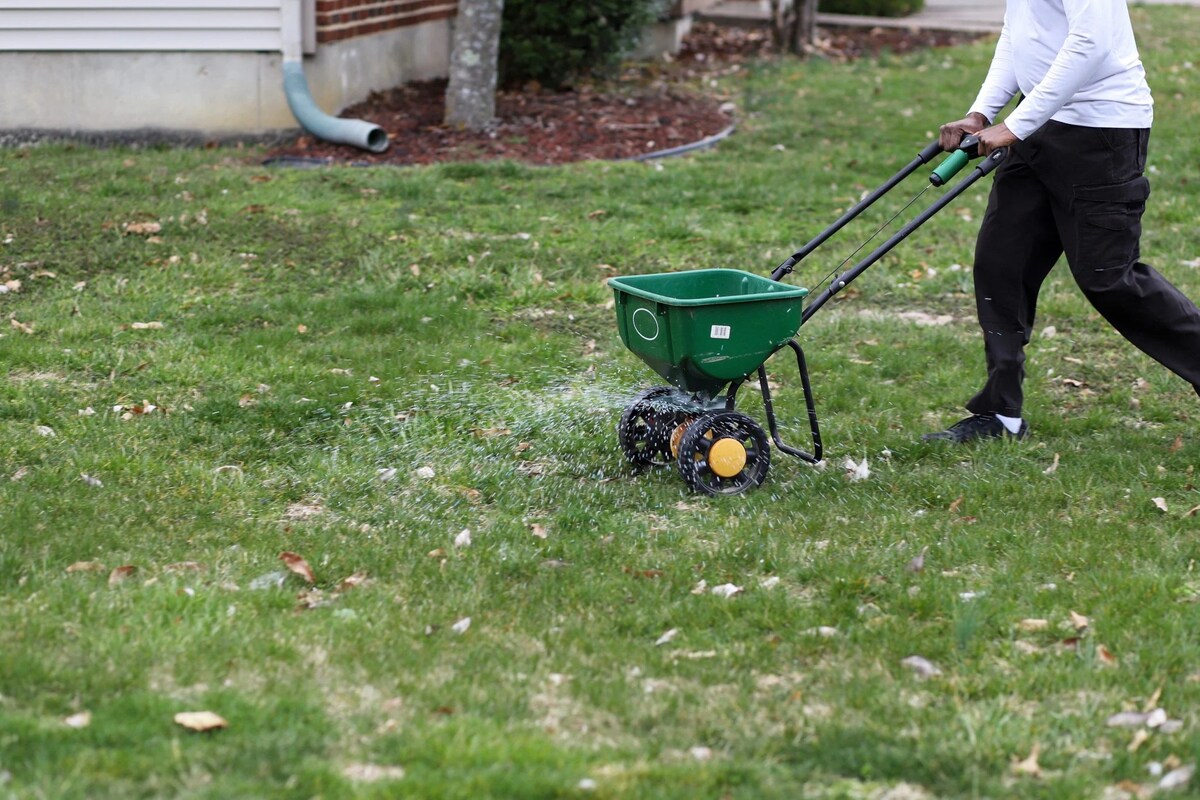
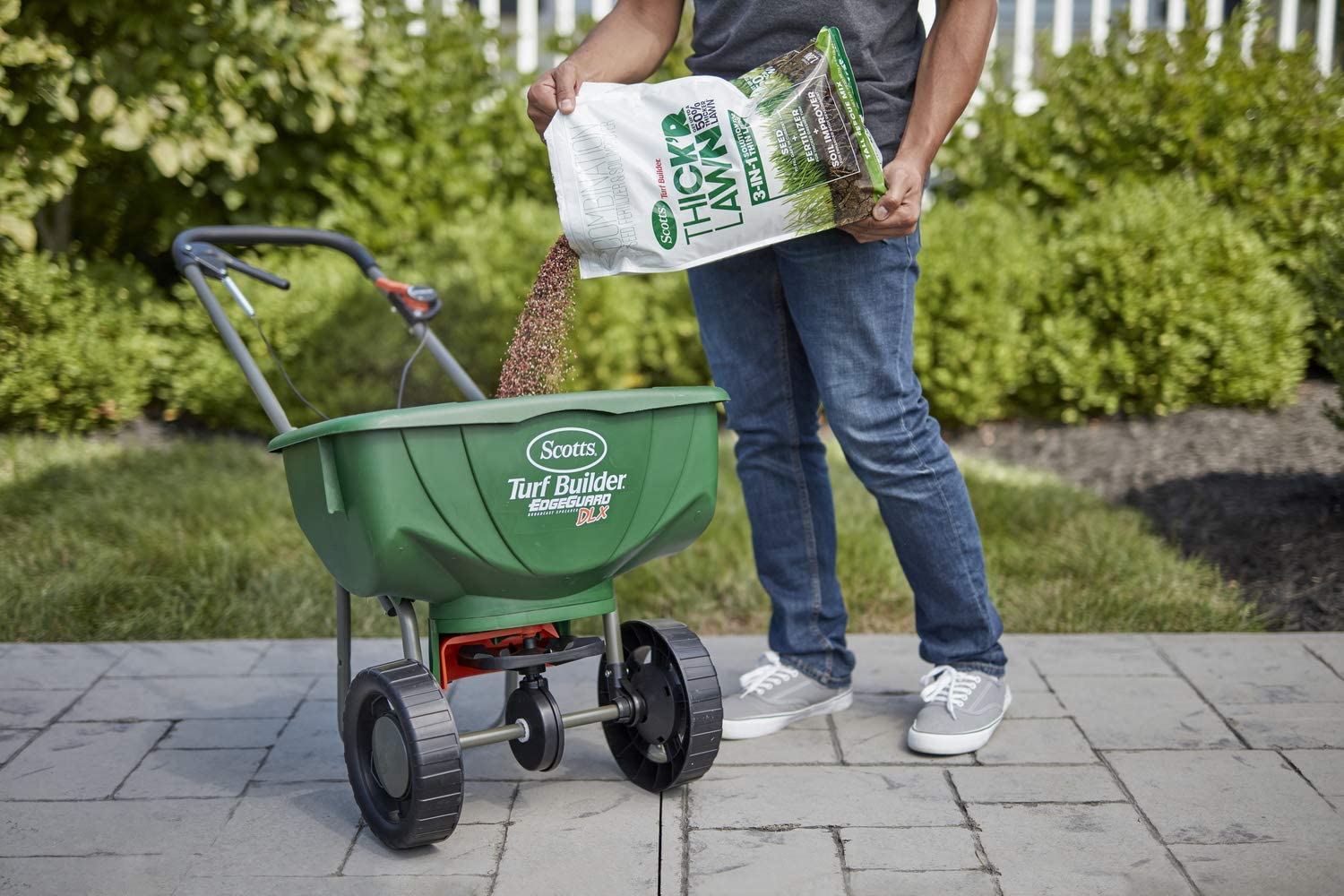
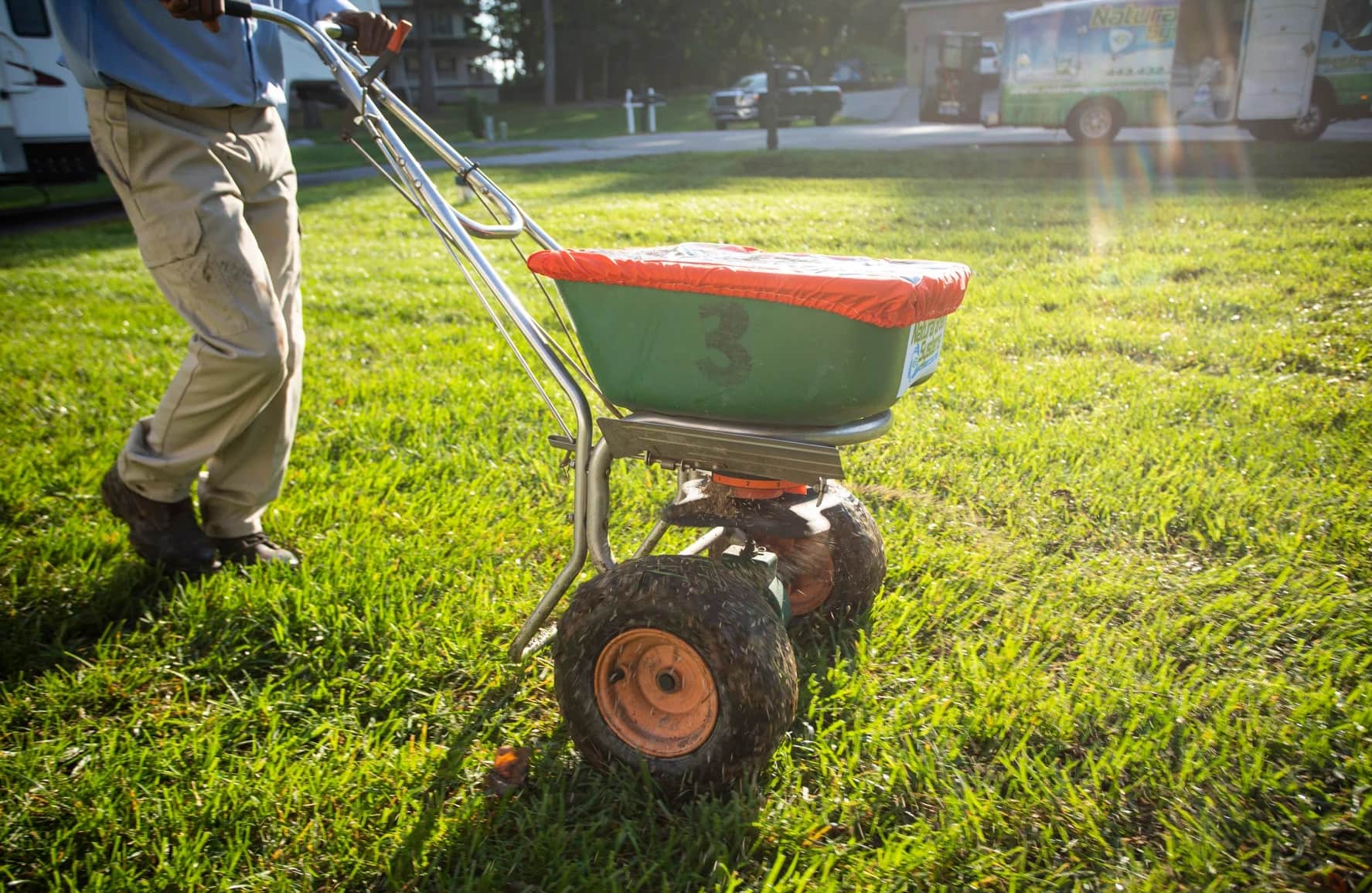
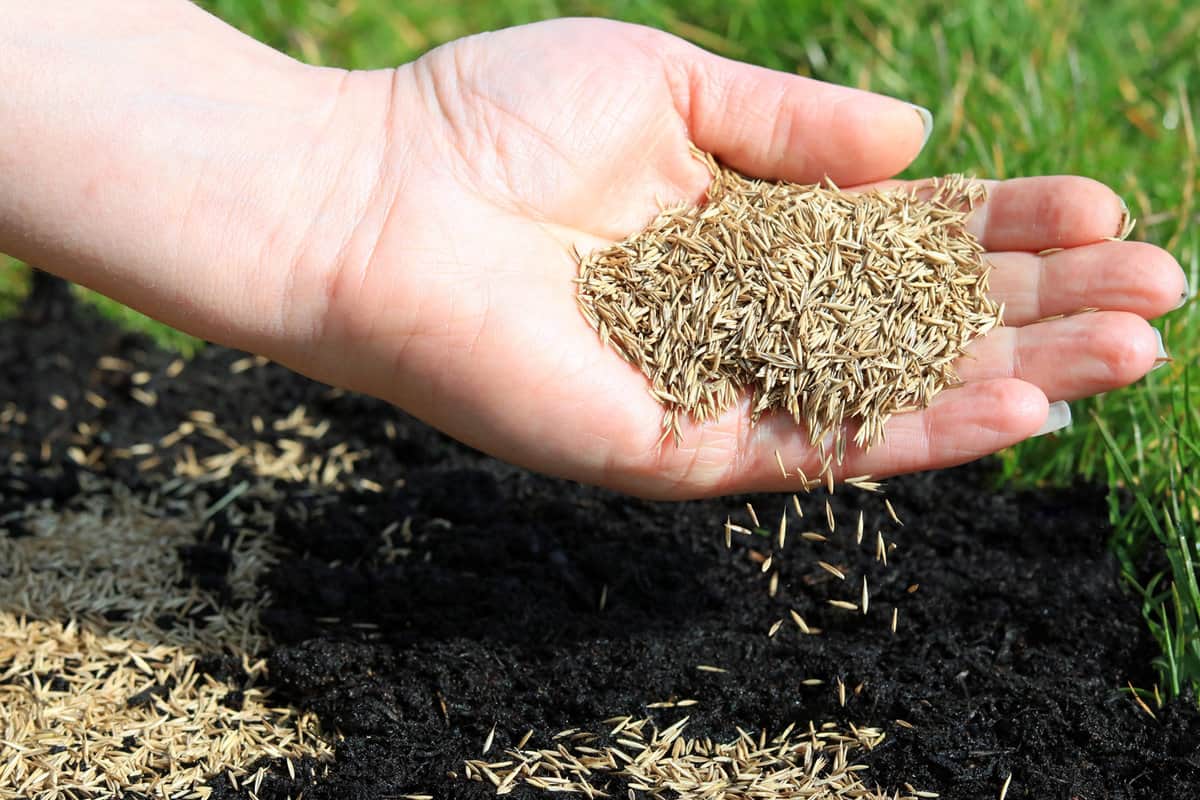
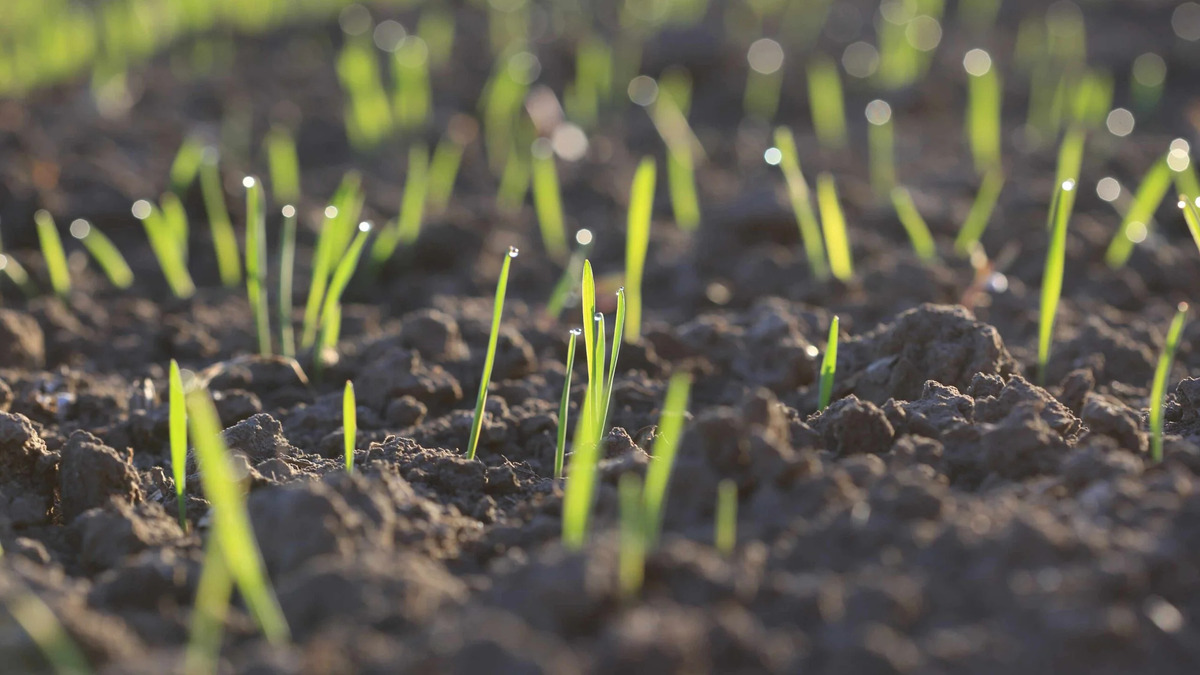
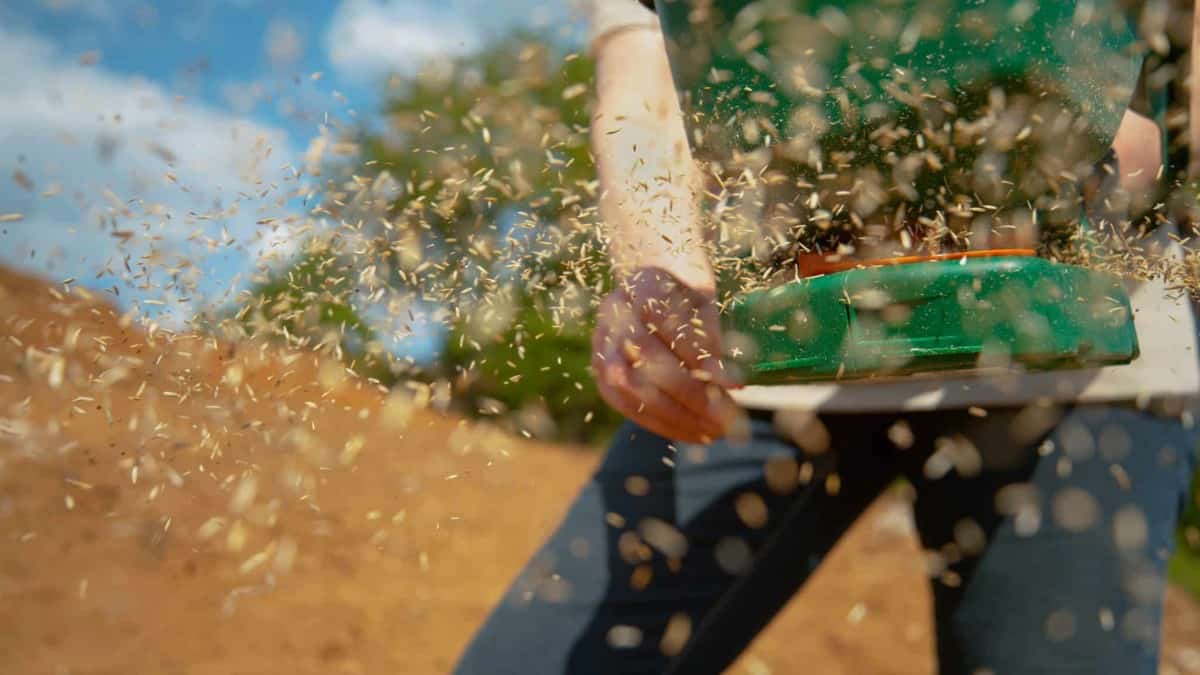
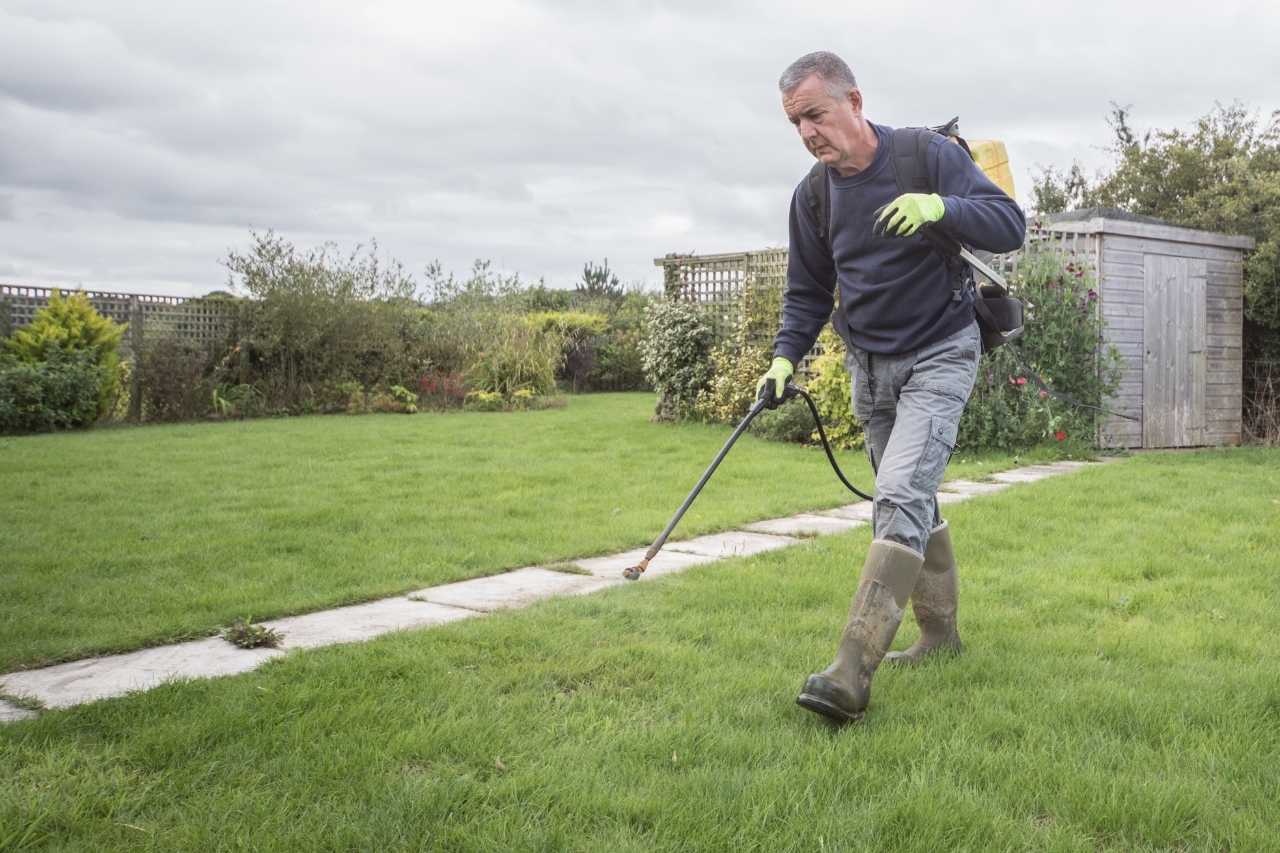


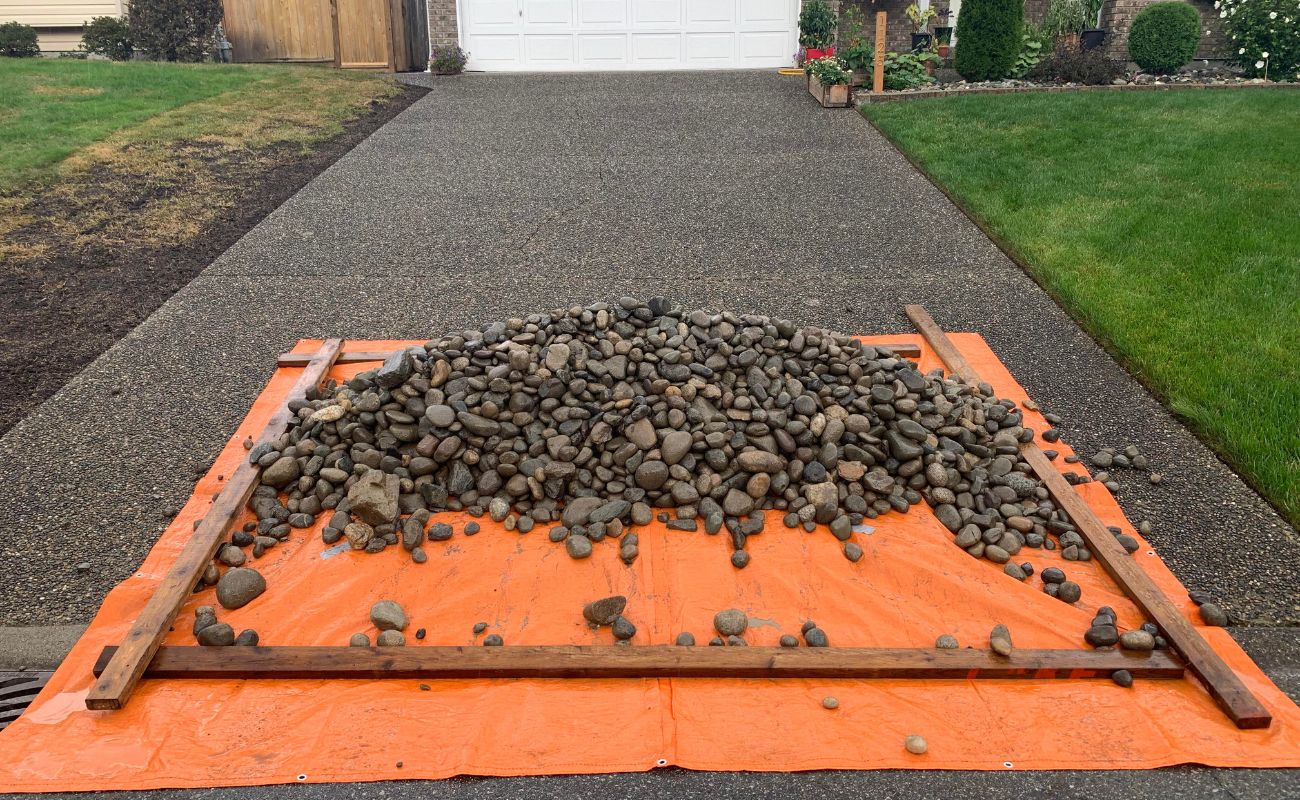

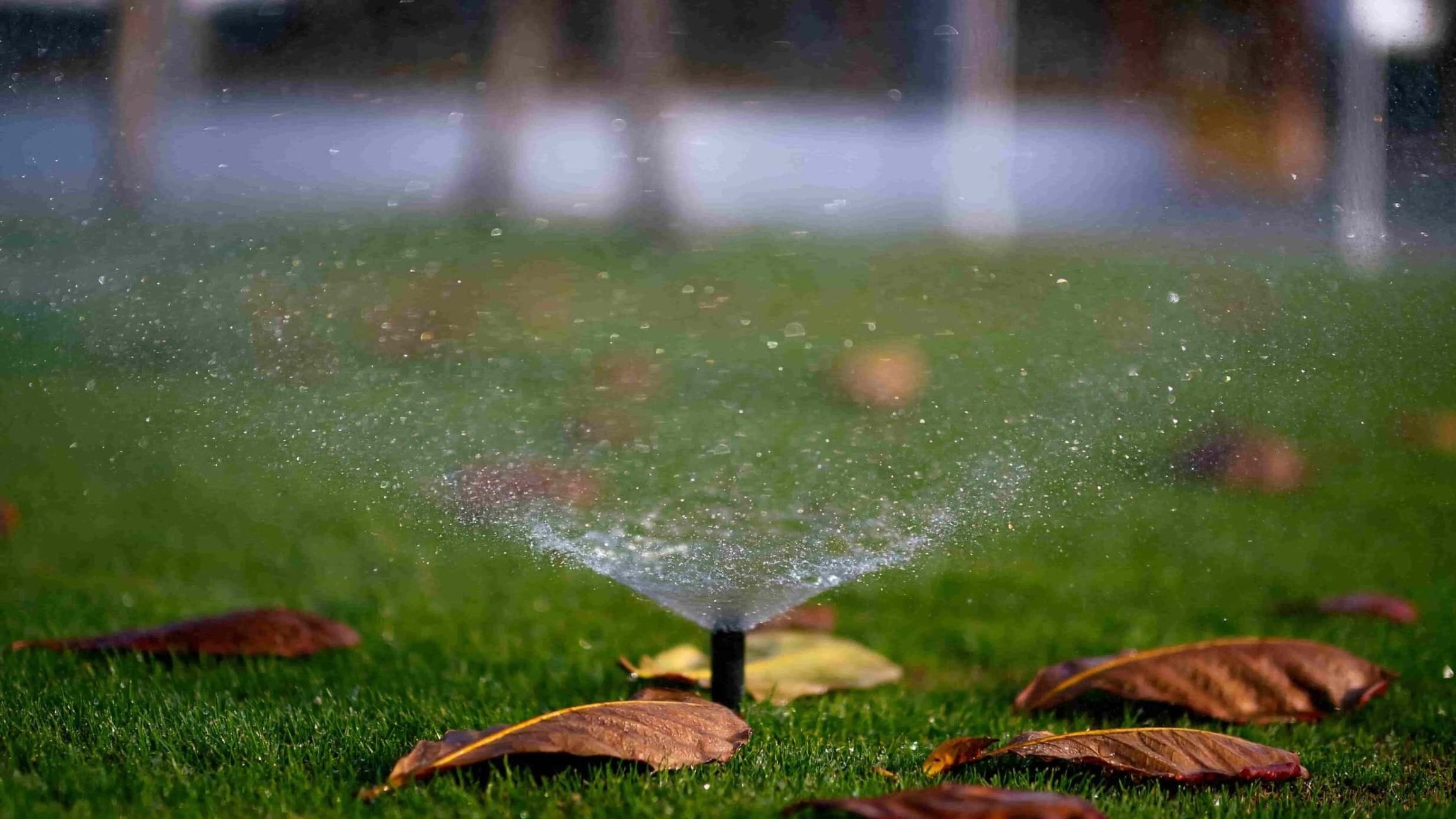
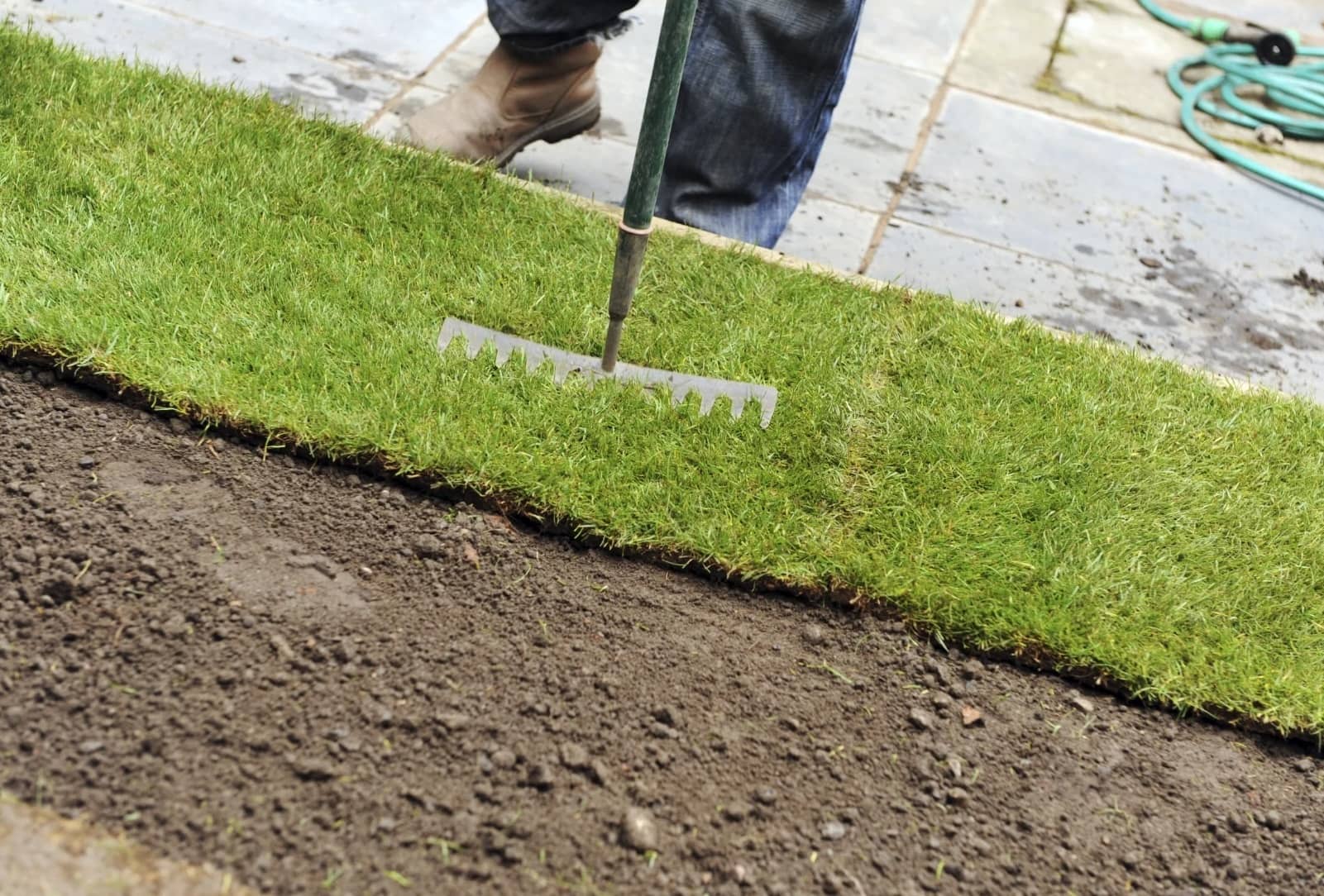


0 thoughts on “When To Put New Grass Seed Down”